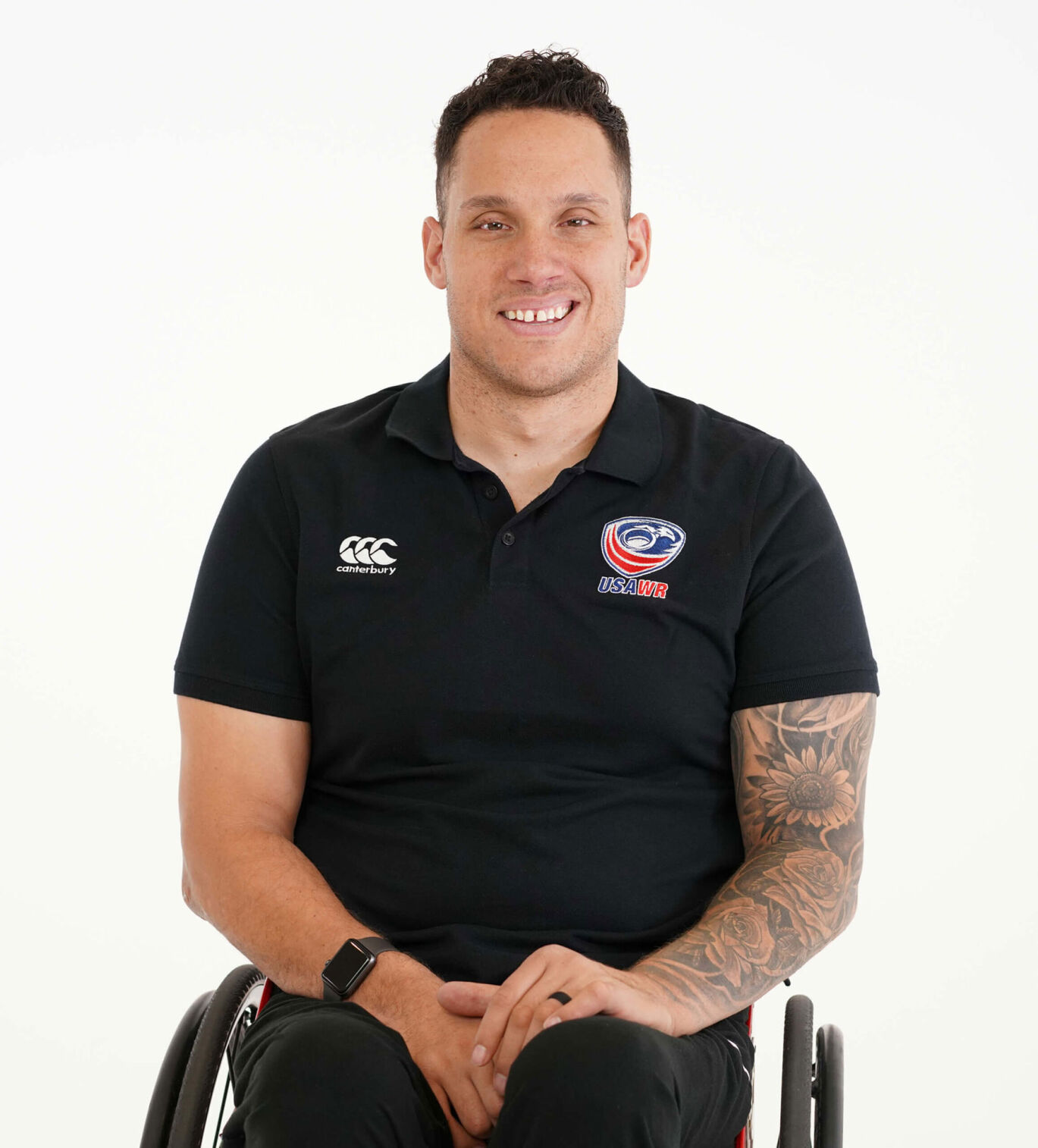
"Wheelchair Rugby: The Intense and Inspirational Sport Taking the Paralympics by Storm"
Wheelchair rugby, often referred to as "murderball," is not for the faint-hearted. This high-octane, full-contact sport is as intense as it is exhilarating, challenging conventional views about disability. Born in the late 1970s out of a need for a more aggressive alternative to wheelchair basketball, it has rapidly gained popularity, especially in the past decade. With the Paris Paralympics just around the corner, the competition promises to be fierce, particularly for Team USA, which hasn’t clinched a gold medal in wheelchair rugby since 2008.
During a recent training camp in Birmingham, Alabama, I had the chance to witness firsthand the rigorous preparation of Team USA. Co-captain Chuck Aoki, known for his resilience, exemplified the spirit of the sport as he sped down the court, only to be dramatically rammed by an opposing player. Despite flipping over three times before hitting the ground, Aoki remained unshaken. Such crashes are par for the course in wheelchair rugby, a sport renowned for its speed and physicality.
The game itself is played on a court similar in size to a basketball court, with a 40-second shot clock adding to the pace. The objective is straightforward: carry the ball across the opposing team’s try line, with both wheels of the wheelchair needing to cross the line for a point. Players are categorized based on their level of function, and a team’s total point value must not exceed eight. Interestingly, for each female player on the court, a team is allowed an additional 0.5 points, reflecting the growing inclusivity of the sport.
Also Read:- Nvidia’s Earnings Spark Market Moves as Analysts Recommend Buying the Dip
- NJ Transit Fare Holiday Kicks Off: Explore the Garden State for Free
The physical nature of wheelchair rugby is extraordinary. Athletes, who must dribble or pass the ball every 10 seconds, can engage in heavy collisions that sometimes crack wheelchair frames. Yet, they wear gloves to protect against the harsh impacts and injuries such as broken bones and mangled fingers. Notably, the evolution of wheelchair technology—now utilizing lighter metals like titanium—has intensified the sport’s competitiveness, allowing players to maneuver faster and hit harder.
The recent inclusion of Sarah Adam, the first female player on Team USA, highlights the sport’s expanding diversity. Adam, who has multiple sclerosis, brings a fierce competitive spirit to the team. Known for her speed and agility, she embodies the sport’s essence—defying expectations and breaking stereotypes about disability. Her confidence in her abilities is palpable as she describes her determination to prove herself on the court.
As Team USA gears up for the Paralympics, the team’s diverse roster includes both seasoned players and promising newcomers. Among them is Zion Redington, the youngest player ever to join the national team. At just 18, Redington’s journey from overcoming a genetic condition to becoming a formidable force on the court is a testament to the sport's empowering nature. His ambition to elevate wheelchair rugby and challenge the limits of the game reflects a broader trend of increasing global competitiveness.
Wheelchair rugby has also seen growth in international arenas, with programs emerging across Europe, Asia, and South America. This global expansion has raised the level of competition, evidenced by recent upsets like Britain’s gold medal victory over the U.S. in 2021. As the U.S. team faces former teammates and coaches now representing other countries, the challenge is greater than ever.
The 2024 Paralympics will showcase the remarkable tenacity and skill of wheelchair rugby athletes. As the U.S. team prepares to compete, the sport's fierce physicality and inclusive spirit will undoubtedly captivate audiences worldwide. Wheelchair rugby is not just a sport; it’s a powerful statement against the stereotypes of disability, proving that athletes with disabilities are anything but fragile.
Read More:


0 Comments